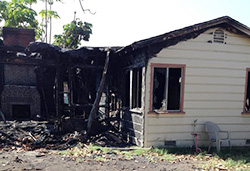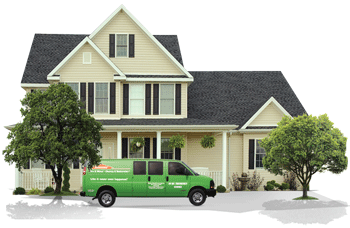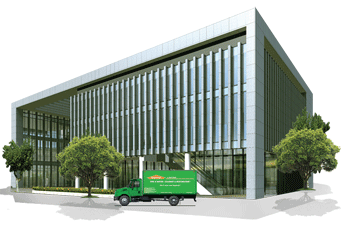Smoke and Fire Damage
 Because of the pervasive nature of smoke, it is often difficult to detect all of the damage that has occurred. You should have any affected buildings examined by a trained Fire Damage professional. A professional can help discover all smoke, fire, heat and moisture damage on or within your property.
Because of the pervasive nature of smoke, it is often difficult to detect all of the damage that has occurred. You should have any affected buildings examined by a trained Fire Damage professional. A professional can help discover all smoke, fire, heat and moisture damage on or within your property.
One thing that many homeowners do not know is that areas that do not appear affected by fire damage can still be dangerous. Smoke penetrates into deep areas of a structure, which can lead to odor and hidden damages. For this reason, it is especially important to have a trained fire restoration professional inspect your building and determine the exact extent of your smoke and fire damage.
Facts about Smoke:
- Hot smoke will rise naturally, making its way to the cooler, upper areas of your building and/or home.
- Smoke can penetrate all areas of your building by using plumbing systems and other holes to flow through.
- Your smoke and fire damage restoration process depends greatly on the type of smoke that was experienced.
Different Types of Smoke
One of the first steps that our restoration technicians will take is to examine the soot to determine the type of smoke and/or smoke residue that caused the damage. This will dictate how much restoration is required, as well the specific cleaning techniques to be used.
We Work Regularly With The Following:
- Dry Smoke Residue – This type of smoke comes from fast burning, high temperature fires. The resulting soot is typically powdery, dry and small.
- Wet Smoke Residue – The residue is very sticky and hard to clean. Complicating matters, the residue also leaves a strong and unbearable smell.
- Protein Residue – This type of residue is nearly invisible. It is known, however, for its terrible odor and ability to discolor paints and stains.
- Fuel Oil Soot – Fuel oil soot can be left behind if a furnace puffs back.
- Other Smoke Residues – We are also experienced in cleaning up fingerprint powder, fire extinguisher residue and tear gas residue.
Inspecting and Testing
Upon entering your property, a restoration technician inspects and pretests to discover the full extent of the damage, and determine how much cleaning, repair and restoration is necessary.
We will inspect the following:
- Exactly how much smoke and fire damage has occurred. We will inspect to uncover all affected materials so that we can determine the best method for cleaning. We will help you decide whether or not your personal items need to be moved elsewhere while we are restoring your home. These are among many other decisions that we will help you make during the process.
- Are there unaffected areas? By determining which areas are affected and which are not, we can properly protect any undamaged portions of your property. By stopping the spread of damage, we can save you much time and money.
- How extensive is the cleaning process? We will determine exactly what equipment and materials are required to clean each material in your home safely and properly.
Throughout the process, our team will be more than happy to answer any and all questions that you may have. We also make sure that you are informed of our progress throughout the entire process. Once we have finished the job, we will leave your property feeling like no damage had ever been done. Please contact us today to discuss the inspection and cleanup of your fire damage.




